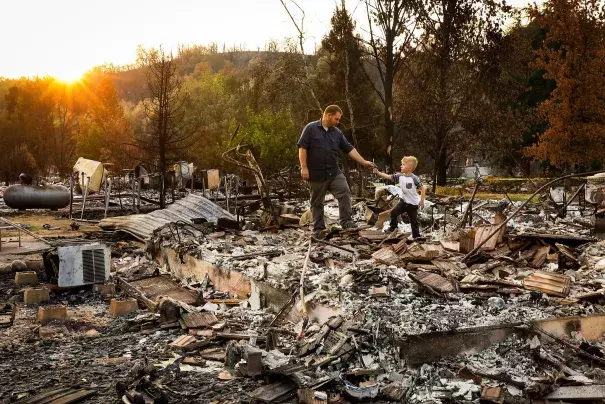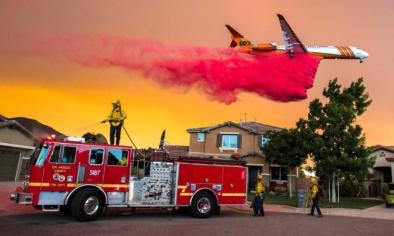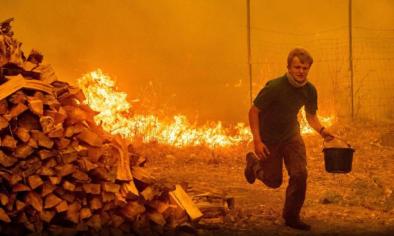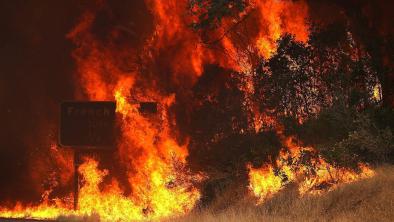After deadly Carr Fire, a question of how - and whether - to rebuild 1,000 homes

The next steps after a major California inferno are to recover and rebuild, to seek a great renewal from the ashes. But in this devastating season there’s a sense that the usual calculus could change — that places like Redding must not only decide how to rebuild, but whether to do so at all.
...
“It’s the new fire we are seeing across California,” said Redding City Manager Barry Tippin. “When you see a wildfire that does not exhibit any traditional characteristics, it’s not only a total surprise, but it also causes great strife and stress within a community. We, as a state, need to step back and realize that something is different here.”
October’s Tubbs Fire, which swept west from Calistoga into Santa Rosa, destroyed more than 5,600 homes. The Thomas Fire took 1,000 homes in December in Santa Barbara and Ventura counties. Overall, more than 10,000 buildings and more than 1 million acres burned last year, according to Cal Fire data.
In the aftermath, local officials expedited building permits and allowed housing to be rebuilt in the same footprint — albeit with some new fire-safety standards.
But as global warming fuels extreme fire behavior, some urban planners and disaster-recovery experts are questioning whether rebuilding in the same fire-prone areas is safe. Maybe all of those developments shouldn’t return, they say. Perhaps the conversation needs entirely new parameters.
“Risk perception kicks in differently for different kinds of disasters,” said Laurie Johnson, a disaster-recovery consultant who has helped cities, including New Orleans and Kobe, Japan, after fires, floods, earthquakes and other catastrophes. “With wildfires, it’s really difficult to know. We are facing new intensities with these storms. We can’t look to the past and say it is a good prediction of the future anymore, and that’s very difficult for people to wrap their heads around.”
Related Content






